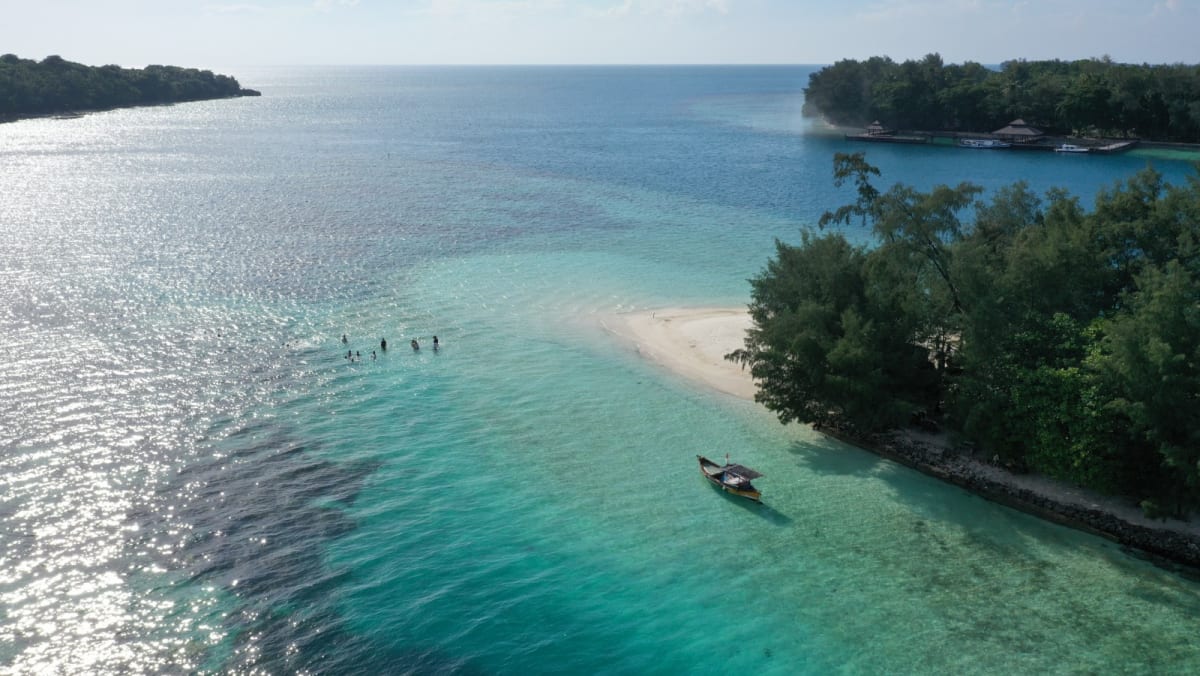Jakarta Looks to Create Cat Island to Manage Feline Population and Boost Tourism

JAKARTA: Are you dreaming of an idyllic getaway on an island in the Java Sea, teeming with adorable rescue cats? Indonesia may be on the verge of making that dream a reality as Jakarta’s governor, Pramono Anung, has proposed the establishment of a "cat island". This innovative idea is modeled after similar successful ventures in Japan.
On May 15, Governor Pramono announced that his administration is exploring the possibility of populating one of the many islands situated off the coast of Jakarta with cats. This initiative aims not only to manage the cat population but also to enhance tourism in the area.
In his remarks to reporters, as reported by Indonesian news portal Tempo, Pramono highlighted that the concept of a cat island has precedent, particularly in Japan where such islands have become extraordinary tourist destinations. “The idea about a cat island is not new. Japan has established ones, and they have become extraordinary tourist destinations,” he stated.
Japan is home to well-known cat islands such as Aoshima and Tashirojima, where the number of cats surpasses the human population. Originally, these cats were brought to the islands to control the rodent population, but over time, they have turned into a major attraction, drawing cat enthusiasts and curious travelers from around the globe.
Governor Pramono expressed optimism about the economic potential of a cat island, saying, “If we can make it happen, the island can be a source of revenue for Jakarta.” However, he did not specify a timeline for the project.
The idea for the cat island emerged following conversations with various experts and in response to a significant demand from residents of Jakarta for solutions to manage the local cat population. According to estimates from the city government for 2024, Jakarta currently hosts around 750,000 stray cats alongside 110,000 domesticated ones.
Given the reproductive capabilities of cats, which can produce three to four litters annually, experts warn that the feline population could potentially quadruple over the next five years. This surge poses various risks, including the transmission of diseases, increased human-animal conflicts, and ecological disruptions.
Currently, the city’s resources allow for the sterilization of only approximately 20,000 cats—both feral and domesticated—each year, leaving a significant challenge in managing the stray population. Additionally, securing adequate space to shelter the rescued animals in a sprawling metropolis with a population of 11 million presents another hurdle.
These concerns are driving the city’s initiative towards the Thousand Islands, a picturesque chain extending up to 160 kilometers northwest of Jakarta's mainland, which could provide a suitable habitat for the feline residents.




























